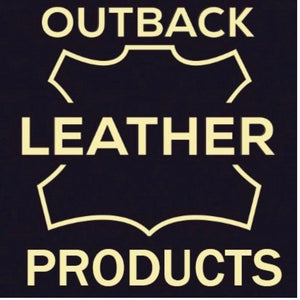How much do you know about leather? Here’s a bit of history...
History of Leather
Leather has played an important role in the development of civilisation. From prehistoric times man has used the skins of animals to satisfy his basic needs. He has used hides to make clothing, shelter, carpets and even decorative attire. To the Egyptian lady, a fur piece was highly prized as her jewellery. From leather, man made footwear, belts, clothing, containers for liquids, boats and even armour. The principle protective armour of the Roman soldier was a heavy leather shirt.
In recorded history, pieces of leather dating from 1300 B.C. have been found in Egypt. Primitive societies in Europe, Asia and North America all developed the technique of turning skins into leather goods independently of one another. The Greeks were using leather garments in the age of the Homeric heroes ( about 1200 B.C. ), and the use of leather later spread throughout the Roman Empire. During the Middle Ages, the Chinese knew the art of making leather . The Indians of North America also had developed great skills in leather work before the coming of the white man.
At some time, by accident or by trial and error, man discovered methods of preserving and softening leather treating animal skins with such things as smoke, grease and bark extracts. The art of tanning leather using the bark of trees probably originated among the Hebrews. In primitive societies, the art was a closely guarded secret passed down from father to son. As civilisation developed in Europe, tanners and leather workers united in the trade guilds of the Middle Ages, as did the craftsmen in other fields. Royal charters or licences were issued permitting people to practice leather tanning. In the nineteenth century, vegetable tanning, i.e., tanning using the extracts from the bark of certain kinds of trees, was supplemented by chrome tanning. This process uses chemicals and today accounts for about eighty to ninety percent of all tanning done except for the leather used in the soles of shoes and tooling leathers.
Leather craft terms
Split. This refers to the under-section of a piece of leather that has been split into two or more thicknesses. Splits are usually embossed with a design or sueded.
Suede. Leather that has been sanded to produce a nap.
Grain. The epidermis or outer layer of animal skins.
Full Grain. Leather that is just as it was when taken off of the animal. Only the hair has been removed and the grain or epidermis is left on.
Top Grain. Top grain leather has often been sanded to remove scars and then sprayed or pasted to "cover up" the work. Top Grain IS NOT the same as "Full Grain" leather.
